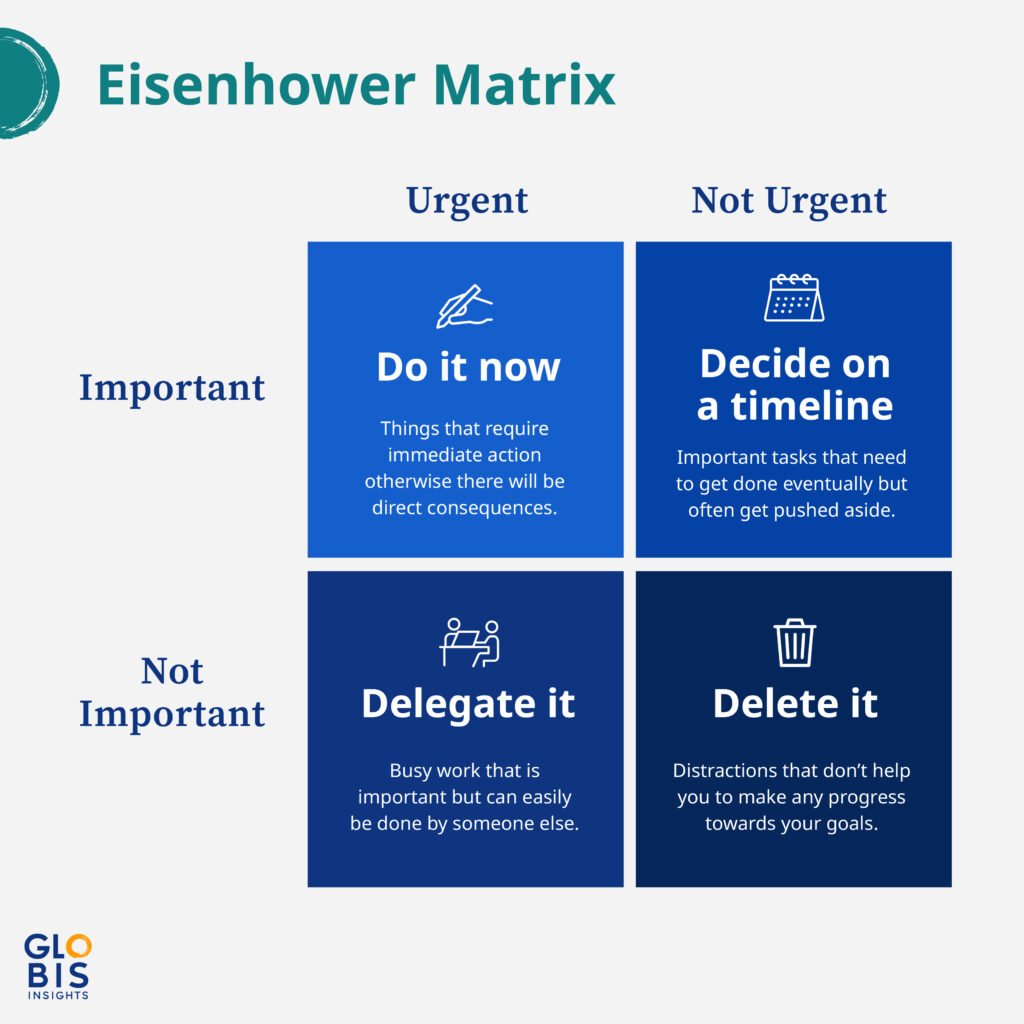Leading High Performing Remote Teams
How can leaders ensure that performance remains high in remote or hybrid-work environments?
Content Marketing
In this course, you’ll learn how compelling blogs, videos, podcasts, and other media can reach customers and drive sales. You’ll also learn steps for creating an effective content marketing plan, and some important ways to measure its impact and success.
Content marketing is a essential digital marketing strategy for companies looking to provide relevant and useful information to support your community and attract new customers.
Get started on your content marketing journey today.
Sustainable Innovation in Times of Disruption: Choices for a Better Society
There are opportunities for progress all around us. The key is to innovate on these opportunities sustainably.
To help identify most effective path forward, you'll need to gain a global perspective to these challenges in an open discussion. How can Japan and the world take action to create a more sustainable, innovative world? Where do you fit in?
It's time to find out.
Social Media & Digital Communications: Impact on Global Public Opinion
Social and digital media have dominated the communications industry for decades. But it's no secret that social media has the power to sway public opinion, and the way in which many companies use these platforms could be seen as manipulative.
What do companies need to be aware of when utilizing social and digital media? How can these mediums be used to better communicate strategically with the world?
Discover what top media and communications experts have to say.
CAGE Distance Framework
Want to expand overseas? The CAGE distance framework can help ensure you're constructing a solid global strategy in four areas: cultural, administrative, economic, and geographic. Learn how to leverage useful differences between countries, identify potential obstacles, and achieve global business success.
Servant Leadership
There's more to leadership than driving a team to profit. In fact, there's a word for looking beyond self-interest to prioritize individual growth: servant leadership. Try this course for a quick breakdown of what that is, how it works, and how it can lead to organizational success.
Strategy: Creating Value Inside Your Company
Have you ever wondered why certain companies are more successful than others? The answer is strategy: internal processes that control costs, allocate resources, and create value. This course from GLOBIS Unlimited can give you the tools you need for that strategic edge.
Strategy: Understanding the External Environment
To plan strategy on any level, you need to understand your company's external environment. In fact, your level of understanding can impact hiring, budgeting, marketing, or nearly any other part of the business world. Want to learn how to do all that? This course from GLOBIS Unlimited is the perfect first step!
Using Japanese Values to Thrive in Global Business
Japanese companies have unique cultural, communication, and operational challenges. But they also have values that have led to remarkable longevity. Check out this seminar to hear how these values help earn trust from overseas head offices and develop employees.
Marketing: Reaching Your Target
Every company works hard to get its products into the hands of customers. Are you doing everything you can to compete? In this course, you’ll find a winning formula to turn a product idea into real sales. Follow along through the fundamentals of the marketing mix and see how companies successfully bring products to market.
Basic Accounting: Financial Analysis
Want to compare your performance vs. a competitor? Or evaluate a potential vendor? Then you'll need to conduct a financial analysis. This course will teach you how to use three financial statements and evaluate financial performance in terms of profitability, efficiency, soundness, growth, and overall strength.
Career Anchors
What drives you to be good at your job?
Career anchors are based on your values, desires, motivations, and abilities. They are the immovable parts of your professional self-image that guide you throughout your career journey.
Try this short GLOBIS Unlimited course to identify which of the eight career anchors is yours!
Leadership with Passion through Kokorozashi
The key ingredient to success? Passion.
Finding your kokorozashi will unify your passions and skills to create positive change in society. This GLOBIS Unlimited course will help you develop the values and lifelong goals you need to become a strong, passion-driven leader.
We’ve all been there. You want to be productive but suddenly you have a hundred things on your plate and don’t know which one to tackle first.
Before you jump into anything, you need to know what you’re working with. And that means managing your tasks.
What is the Eisenhower Matrix?
Simply put, this is a task/time management system based on two metrics: urgency and importance. From these two metrics, you sort your tasks into four quadrants:
- Urgent and Important
- Not Urgent and Important
- Urgent and Not Important
- Not Urgent and Not Important
This method was codified and popularized by Stephen Covey, author of The 7 Habits of Highly Effective People. He took his inspiration from Dwight D. Eisenhower—the 34th president of the United States—who was lauded for his impressive work ethic. During a 1954 speech, Eisenhower quoted an unnamed university president, saying, “I have two kinds of problems, the urgent and the important. The urgent are not important, and the important are never urgent.”
From this phrase, the Eisenhower Matrix was born and has been used in the decades since to inspire other variations of time management rubrics.

Getting Started
Perhaps the most daunting challenge of this time management method is listing out all your responsibilities. If you already use some kind of task-tracking software (Asana, Monday.com, ClickUp, etc.) this may be simpler, but there’s nothing wrong with going old school and breaking out the pen and paper.
As much as possible, try to keep the scope realistic—what needs to be done today or this week—to avoid getting overwhelmed. If you venture off into a monthly planning session, this exercise could end up taking too long and you’ll lose motivation.
Categorizing Method Ideas
Making lists can quickly get tedious, so it’s always a good idea to use a system that works for you. For example, if you retain information better when it’s handwritten, crack out that whiteboard instead of a digital notepad. If you are all about digital, open up the spreadsheets. Here are some other ideas to consider:
- Color coding: Instead of using a numbered ranking system for importance, try a color scale instead to help with visualization.
- Task limit: Don’t try to do too much, too fast. Decide on a maximum number of tasks per quadrant.
- Task removal: Give yourself a boost by immediately reducing your task load. Identify items that fit the “unimportant and not urgent” category first so you can remove them right away.
How to Choose the Right Quadrant
Quadrant 1: Urgent and Important
These tasks might as well come with a countdown clock. If you don’t get them done in a timely manner you will lose a sale, be delayed on a project, miss out on a big opportunity, etc. You get the idea. These are the essential items that cannot wait.
Examples
- Client meetings
- Finishing a report before the deadline
- Deciding on a time-sensitive issue
Quadrant 2: Not Urgent and Important
These tasks are not on fire now, but if left undone will hurt you in the long run. They are the behind-the-scenes efforts that require your expertise and keep everything running smoothly. You can put them on the back burner, but not indefinitely.
- Planning out projects and assigning tasks
- Backing up data
- Vetting vendors
Next Article
5 Questions to Find the Best Productivity Tips for You
What Is the Pomodoro Technique?
What Does Eating the Frog Mean?
Quadrant 3: Urgent and Not Important
These tasks are what we would call “busy work”. They’re administrative necessities but don’t require a high level of skill but eat up time that could be put to better use. If you’re really swamped, this is the type of work you can easily delegate to another coworker who currently has more bandwidth than you.
- Scheduling meetings
- Publishing SNS posts
- Taking meeting minutes
Quadrant 4: Not Urgent and Not Important
Whether it’s scrolling through TikTok or spending a little too much time chatting with coworkers, we all know that there are some activities that are a time drain. That’s not to say you can’t ever do them—we all need a mental break from time to time—but for weeks where you absolutely need to stay focused, be honest about what distractions need to go.
- Scrolling social media with no goal or end in sight
- Falling down online search rabbit holes
- Attending meetings just to “be there” but not actively participating
Divide and conquer!
And there you have it, a simple system for prioritizing your to-do list. Whether your ambitions are as lofty as being a top do






